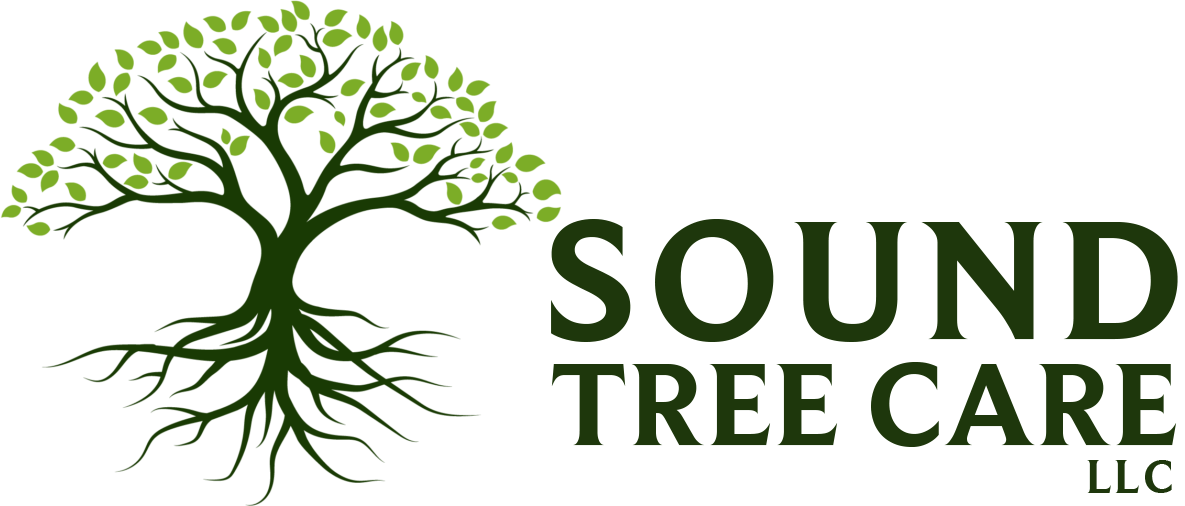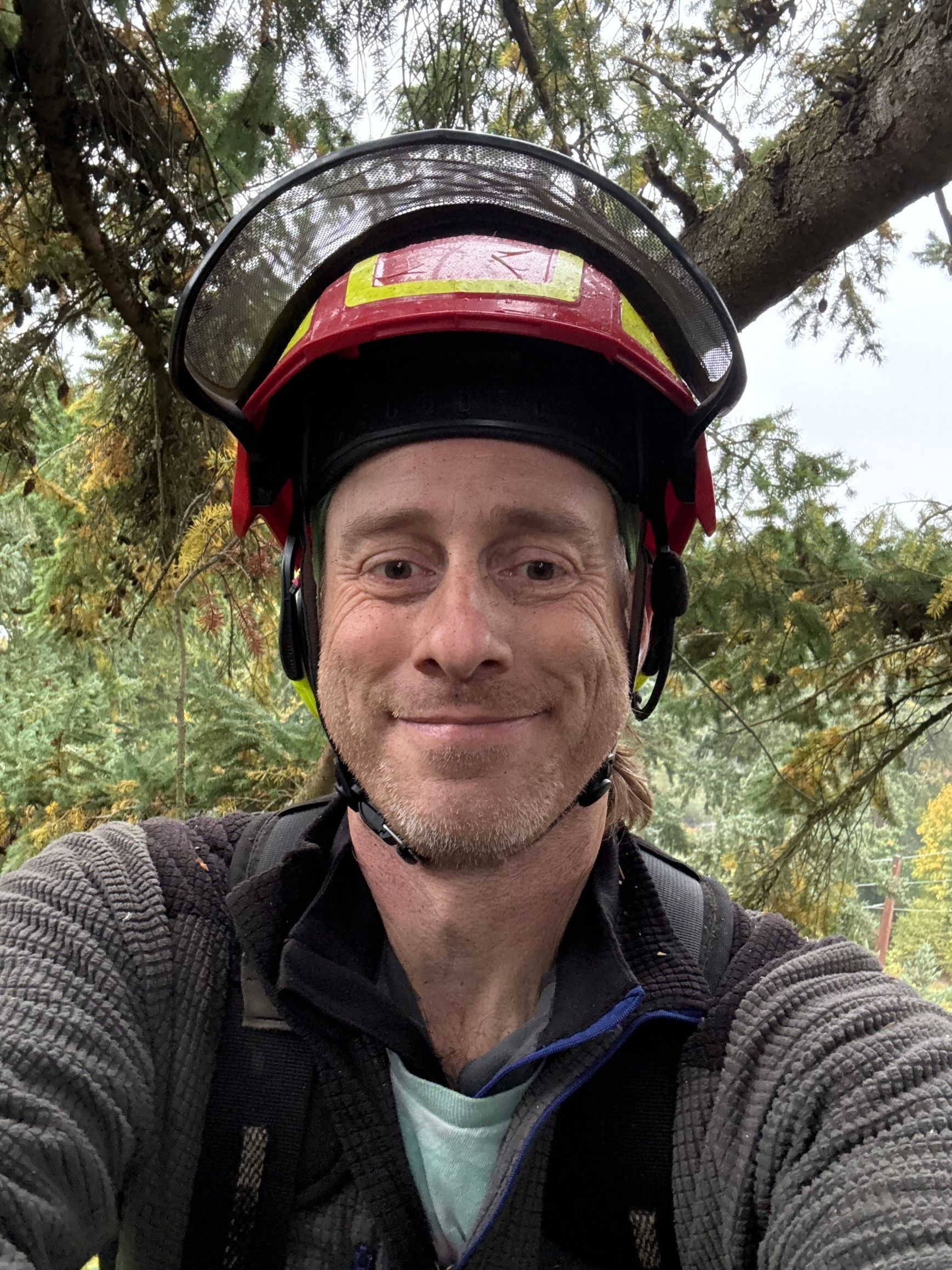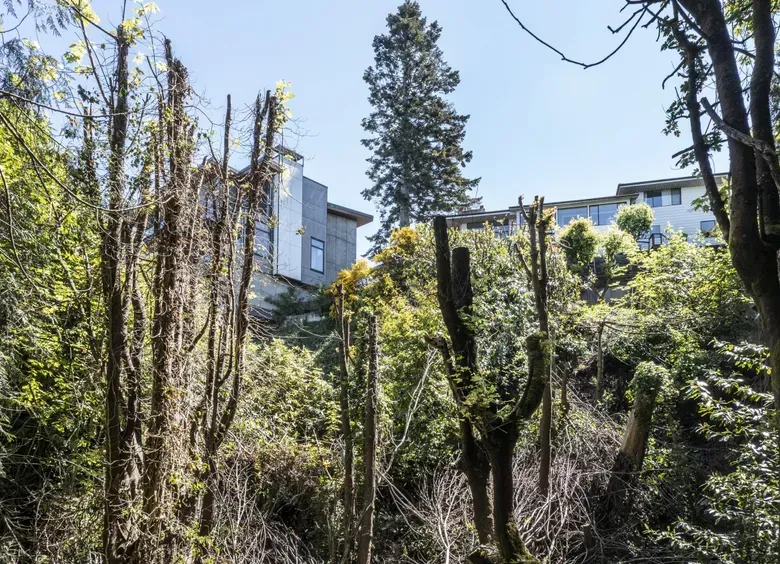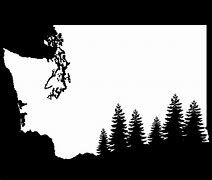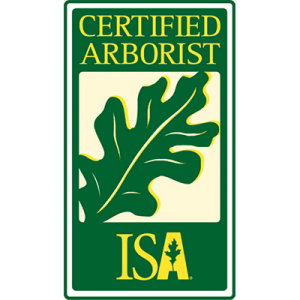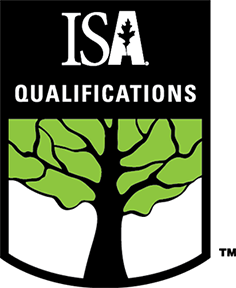Tree topping is the practice of cutting back a tree’s main branches or crown to stubs or lateral branches that are too small to sustain proper growth. While it’s often done to control tree height or reduce risk near power lines or structures, topping is widely considered harmful and outdated. Instead of solving a problem, it can lead to tree stress, decay, and long-term structural damage.
What Is Tree Topping?
Written By: Eric Ledford
ISA Certified Arborist – PN-9290A
ISA Qualified Tree Risk Assessor (TRAQ)
Updated: July20, 2025
What Does Tree Topping Mean?
Topping a tree means removing its upper branches, often in large quantities, without regard for natural growth patterns or pruning best practices. This type of cut forces the tree into survival mode, causing weak regrowth and opening it up to disease and pests.
Tree topping is often confused with proper pruning or crown reduction, but it is not the same. Pruning is selective and precise, while topping is indiscriminate and damaging.
Why Tree Topping Is Harmful?
Unpermitted topping and cutting not only harms trees—it can also result in legal repercussions. Just last month (June, 2025), King County filed a lawsuit seeking $7 million in damages after homeowners topped 140 trees on protected public land in Grand Ridge Park.
Here’s why professional arborists discourage tree topping:
- 🌿 Weak regrowth: Topped trees often respond by sending out rapid, weak shoots from the cuts. These are structurally unstable and prone to breaking.
- 🌞 Sunscald & bark damage: The sudden loss of canopy exposes bark to harsh sunlight, leading to cracking and disease.
- 🐛 Increased pest risk: Large open wounds make trees vulnerable to insects and decay.
- 🌳 Reduced lifespan: Topped trees may go into decline and die earlier than properly maintained trees.
- 💸 More maintenance: Regrowth is fast but unstable, requiring frequent corrective trimming — costing more in the long run.
🌳 Tree Topping vs. Crown Reduction: What’s the Difference?
Many people confuse these two pruning methods — but they’re very different!
🚫🪵 Tree Topping
- Cuts back large limbs to stubs
- Done mainly to reduce height quickly
- Can severely stress or damage the tree
- Not recommended by professional arborists
✅🌲 Crown Reduction
- Carefully trims the outer edges of the canopy
- Helps manage tree size, shape, and safety
- Keeps the tree healthy and looking natural
- Approved by certified arborists
💡 Bottom Line:
When you're worried about tree height, shape, or safety — crown reduction is the better choice. It protects the tree’s health while solving your practical concerns.
Alternatives to Tree Topping
If your tree has outgrown its space or is posing a risk, here are better options than topping:
- ✅ Crown thinning: Removes select branches to improve airflow and light.
- ✅ Crown reduction: Reduces size without damaging the tree’s integrity.
- ✅ Directional pruning: Guides growth away from structures or wires.
- ✅ Tree removal (if necessary): In extreme cases, full removal may be safer than repeated topping.
📞 Consider hiring a
certified arborist to assess your tree and recommend the safest and most sustainable course of action.
Local Tree Topping in the News
🌲 Tree Topping FAQs
Have questions about tree topping? You’re not alone. Many homeowners wonder what tree topping really means, how it affects tree health, and whether it's a safe practice. Below, we answer some of the most common questions about topping trees — including what it is, why it's controversial, and better alternatives for managing overgrown trees.
❓ What is tree topping?
Tree topping is the practice of cutting back large branches or the top of a tree to stubs or lateral branches that aren’t large enough to take on the terminal role. It’s often done to reduce the size of a tree, but it causes stress, decay, and structural weakness.
❓ What is topping a tree?
Topping a tree means aggressively trimming its upper canopy to reduce height. While it may seem like a quick fix for overgrown trees, it actually harms long-term tree health and increases the risk of failure.
❓ What does topping a tree mean?
Topping a tree refers to the removal of large branches from the crown or top of the tree, often leaving behind weak limbs. This practice is widely discouraged by certified arborists because it can lead to decay, disease, and rapid regrowth of unstable shoots.
❓ Does topping a tree kill it?
Yes, topping a tree can eventually kill it. While it may not die immediately, the removal of too much canopy weakens the tree, exposes it to sunscald and pests, and disrupts its natural growth. Over time, this can cause decline and death.
🌲 Don’t Top Your Trees — Treat Them Right with Expert Care 🛠️
Tree topping might seem like a quick fix, but it can lead to long-term damage, safety risks, and expensive repairs. At Sound Tree Care LLC, our certified arborists offer safer, science-backed alternatives that keep your trees healthy, strong, and beautiful.
✅ What We Offer:
✔️
Expert pruning & crown reduction – no harmful topping
🔍
Tree health assessments & hazard evaluation
🌿
Preservation strategies for overgrown or high-risk tree asessments and maintenance
Don't let tree disputes or unexpected liabilities catch you off guard. Contact us today for professional, legal, and environmentally responsible tree care!
📞 Call Now 206-486-7790 or use
🌐Online Form to Schedule Your Consultation!
💵 Free Estimates
🧭 Washington State Licensed & Insured
🪪 Seattle Registered Tree Service Provider
⭐⭐⭐⭐⭐ 5-Star Rated Across Google, Yelp & More
🥇Experience the Sound Difference with trusted, top-quality tree services
📍 Serving Seattle, Bellevue, Issaquah, Tacoma & Beyond
